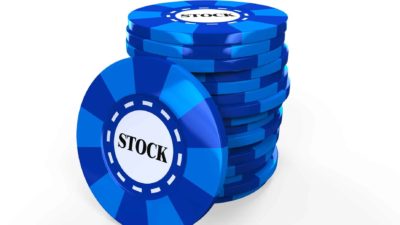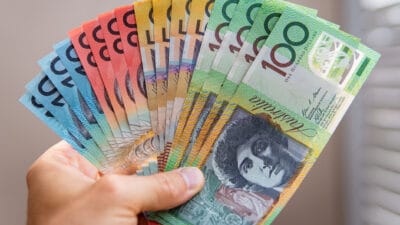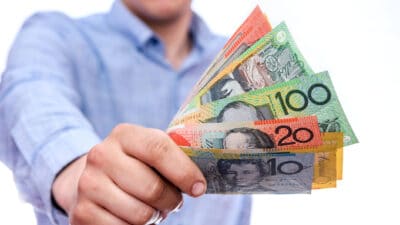Do you fancy making some cash when other investors are losing?
After a 10-year bull run, the year of the coronavirus will have taught many novice investors that the market can turn into a sea of blood very quickly.
But there is a way for investors to reap gains in a plunging market.
"Remember the Hollywood blockbuster 'The Big Short' where a bunch of investors made massive gains on the housing market crash?" Stake operations manager Sarhang Shafiq said.
"That's what it's all about – taking the 'short' or 'other' side of the market."
Traditionally, taking a "short" position was only available to professionals and sophisticated investors, as it would have required creating a margin CFD account or having a broker facilitate it. The risks were considered too much for the average retail punter.
These days, though, "inverse" exchange-traded funds (ETFs) have popped up to allow retail investors to easily take a contrarian position.
While they're not as abundant in the ASX as in the US, ETF provider Betashares has 3 local products available: Betashares Australian Equitiesbear Hedge Fund (ASX: BEAR), BetaShares Australian Equities Strong Bear Hedge Fund (ASX: BBOZ), and Betashares US Strong Bear Hedge Fund ETF (ASX: BBUS).
These funds increase in value when the Australian or US market falls, and vice versa.
The first one will rise roughly 1% for each 1% fall in the market, while the other 2 are leveraged to amplify the effect (about 2.4% for every 1% change in the market).
Betashares investment communications manager Richard Montgomery told The Motley Fool these products are for "experienced investors".
"These are not 'set and forget' investments – investors should keep an eye on their positions on a frequent basis."
Are inverse ETFs worth it?
Even though short trading is now very accessible through these ETFs, investors are warned to tread very carefully.
One big reason is that markets are expected to head upwards in the long term, so holding onto inverse ETFs for longer than necessary could result in losses.
That leads to the second question of when to purchase, and when to offload these shares.
"When would you decide to buy these potential hedging ideas? And when would you sell them to switch into shares?" said The Motley Fool's Tristan Harrison back in March, during the peak of the coronavirus panic selling.
"You could end up holding on too long to see the value fall again. You're having to make two calls which you could get wrong."
Montgomery warned that the Betashares products target negative market movements on a single given day.
"It's important to understand that the return over a period longer than one day will not necessarily fall within the target short exposure range, and that a Bear fund is not expected to hit a certain price at a specific index level based on previous performance.
"For this reason, the short funds are typically more suited to short-term strategies."
He also flagged the potential dangers of leveraged funds.
"There are the additional risks associated with gearing, which magnifies both gains and losses. Geared investments involve significantly higher risk than non-geared investments, and may not be suitable for all investors.
"An investment in a Bear fund should only be considered as a component of an investor's overall portfolio."








